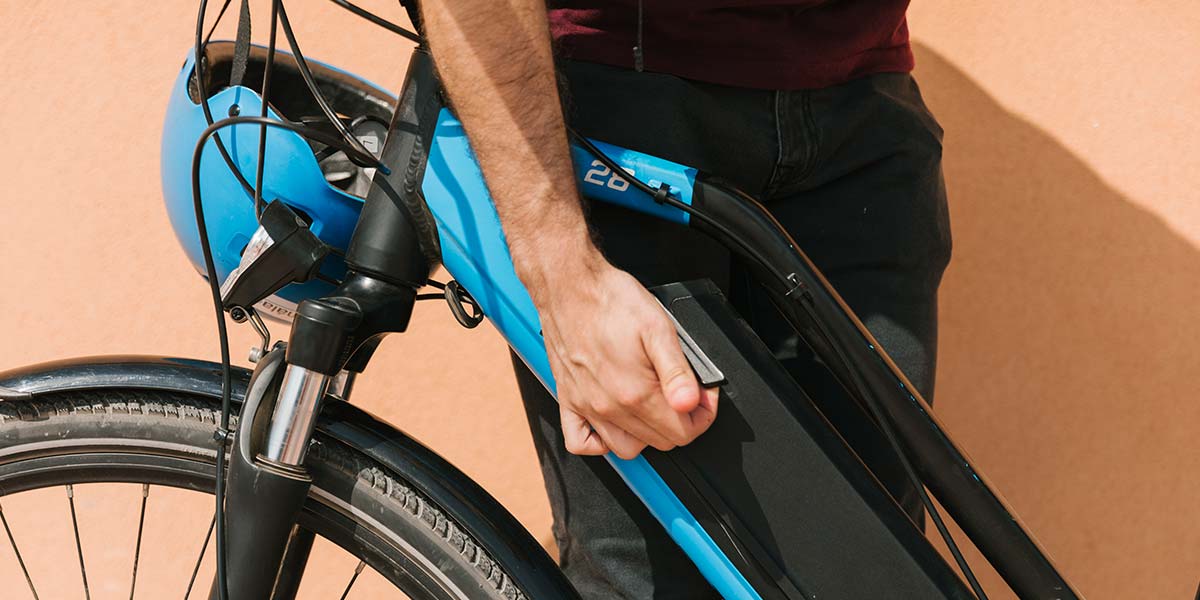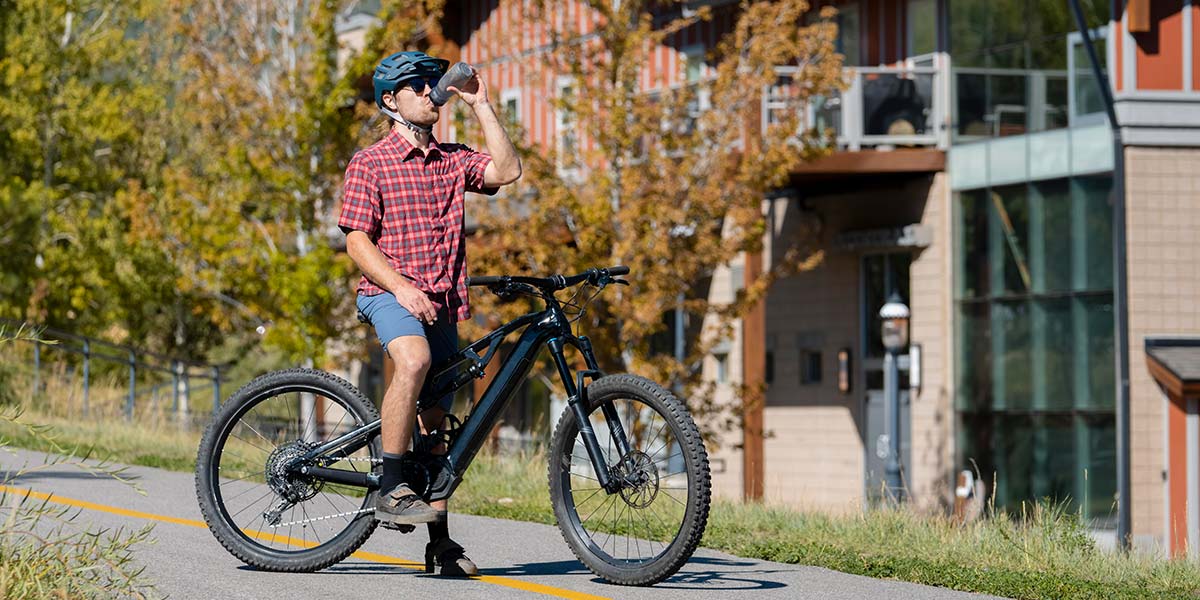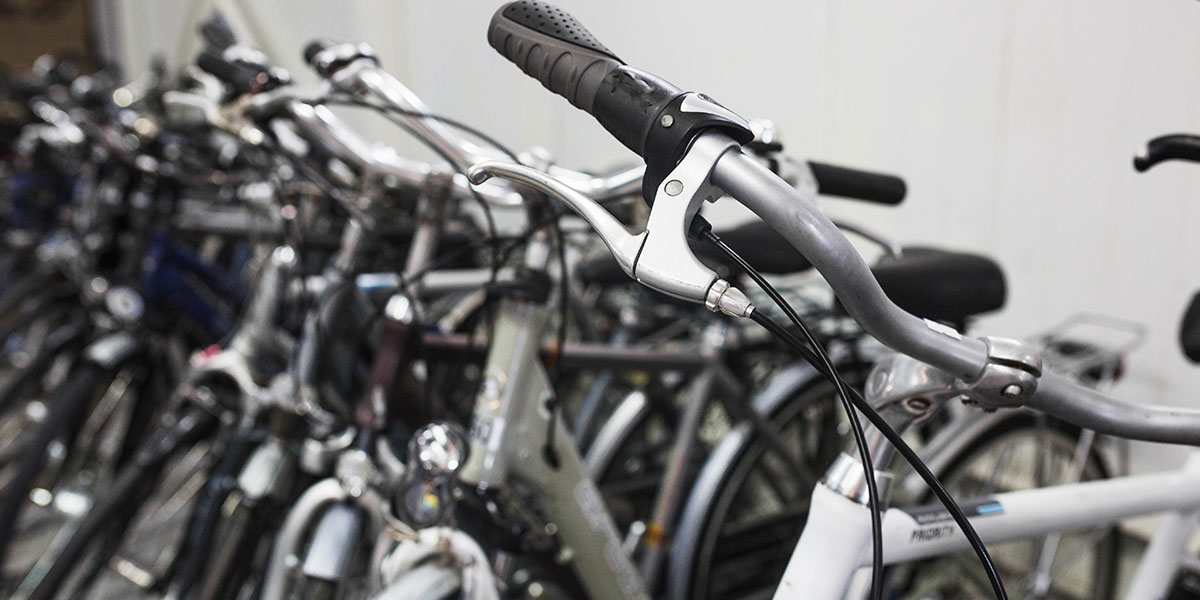Ebike drives can be sorted in the two categories: hub drive ebikes and mid-drive ebikes. Let's see what are advantages and disadvantages of the both and their intended use.
Hub drive - hub drives are very simple and that is the main reason why they are so efficient. Hub motor is nothing more than an electric motor put inside bicycle's hub. These motors are popular worldwide due to their rapid development throughout the years. Thanks to technological development, hub motors are now the most efficient machines. Hub motor has a direct power transfer to the bicycle wheel which minimizes power losses. Xplorer uses geared hub motors with freewheel systems to maximize output torque and provide normal user experience while the motor is not running.
Advantages:
- the motor is placed inside the bicycle wheel and does not affect bicycle's design
- it can be used with twist throttle which effectively gives you motorcycle riding experience
- low weight - 250W motor weighs only 3 kg
- very efficient at higher rpm (geared motors have higher internal RPM and are more efficient than direct-types
- very little mechanical components -> long lifetime, very low wear over time
- maintenance free
- higher power to torque ratio
- improves bike's handling due to the low center of gravity
- very simple to repair if faulty
- no rolling resistance thanks to the freewheel system
Disadvantages:
- price (for more powerful versions)
- it can overheat if low-quality controller is used (that is common for low-quality eBay bikes)
- it is hard to differentiate between good and poor quality ones (look for Bafang branded motors for best quality)
Mid-drive - also known as the crank drive. The mid-drive motor is an electric motor with its own crank placed where the crank usually is. Crank motors transfer their power over the chain to the rear wheel and they are intended for smooth rides and slightly elevated terrains while hub motor is more used for their brute force. These motors can be used only for power assist because they cannot drive the bike by themselves due to their dependency on the whole system including pedals which would hit the rider repeatedly. This system is also very efficient, but not as hub motors. This type is popular in Europe and most familiar manufacturers of such drives are Panasonic, Bafang, Shimano Yamaha and Bosch.
Advantages:
- the system has a more open design which means better cooling
- works in sync with the rider directly
- lower center of gravity - better handling
- slightly more efficient than hub motors at low RPM and under 100W
Disadvantages:
- if anything goes bad, the whole drive unit must be replaced which is very expensive
- not waterproof
- increased wear on internal mechanical parts and on chain, derailleurs and sprockets - higher maintenance costs
- very expensive
- the drive unit has resistance while not in use - harder to ride like a normal bicycle
So, we compared both drive types which are relatively similar considering their functionality. Our choice is hub motors due to their simplicity, quality, and efficiency. Hub drives last for a very long time and in fact you will have to replace many batteries before your motor fails (one battery can give up to 90000 km or 1500 cycles and i is easy to buy a new one).
Advice for the end: if you are buying an ebike, invest some money in a high-quality U-lock to avoid thefts.
Author: Martin Matešić











